Publications
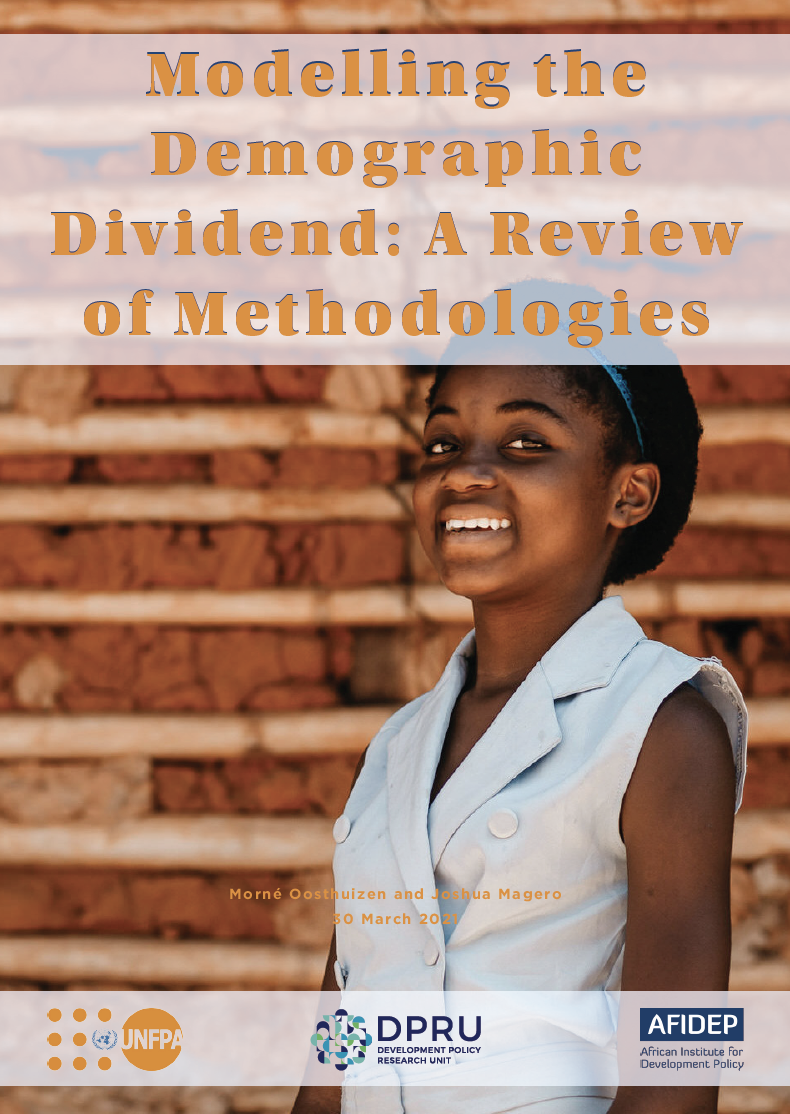
This paper provides an overview of some of the common tools and methodologies that are used to estimate and analyse the demographic dividend, while also reviewing the extent to which some of these methodologies are able to respond to the types of issues confronted by policymakers in the Eastern and Southern Africa region. Secondly, the paper provides a more detailed look at two of the key methodologies used to analyse the demographic dividend in the region, namely the DemDiv model and National Transfer Accounts (NTA).
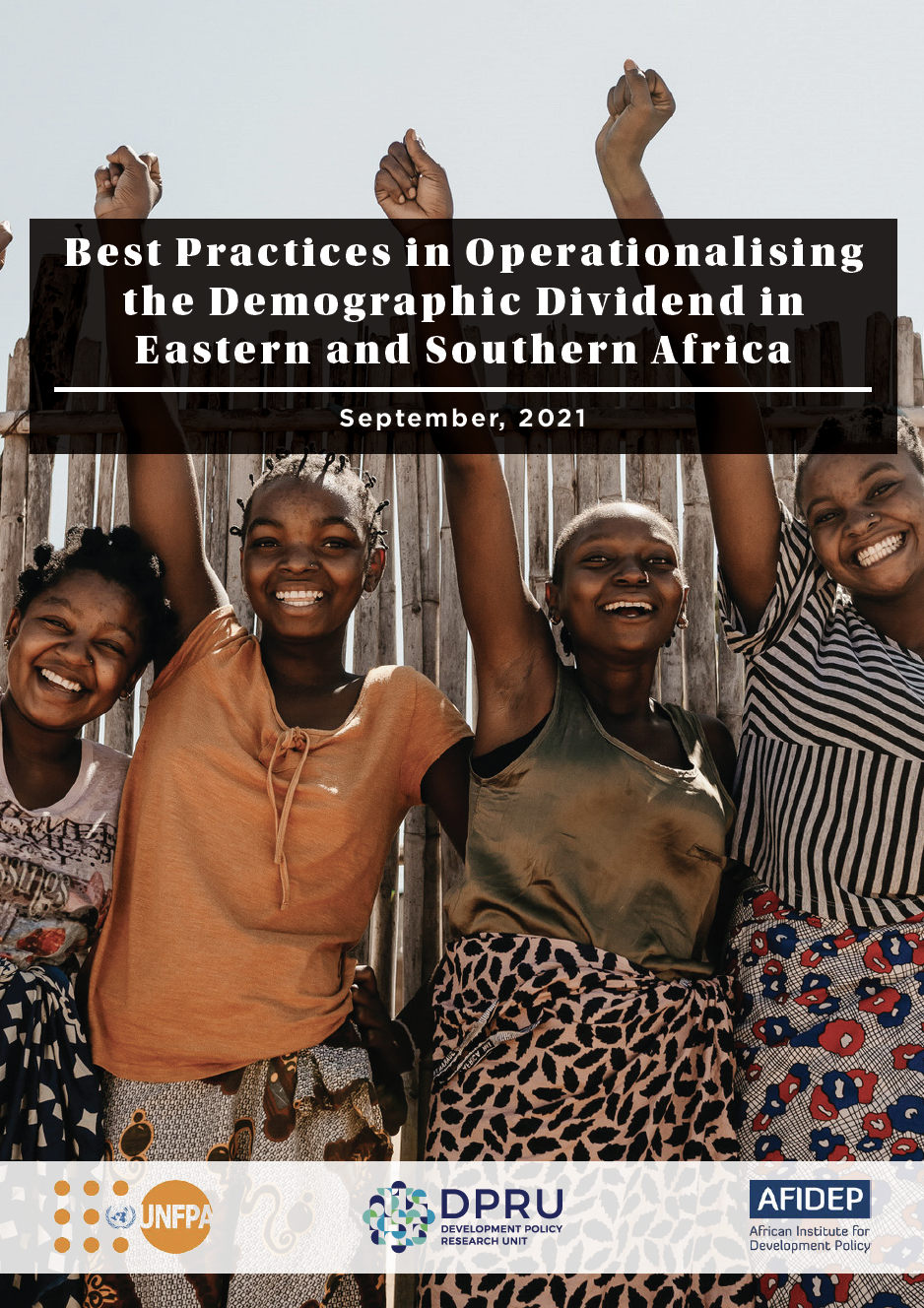
The demographic dividend (DD) paradigm has become an exciting development agenda but there is a risk that it could end up as a lost opportunity and fail to bring about much change in the way development business is done in the region and across the continent. As noted earlier, countries have applied these lessons at varying levels and with varying results and there is considerable scope for cross-country learning. As a region and individually, East and Southern African Region (ESAR) countries have achieved some success but there are serious gaps for most countries to take the DD from policy/strategy document to action.
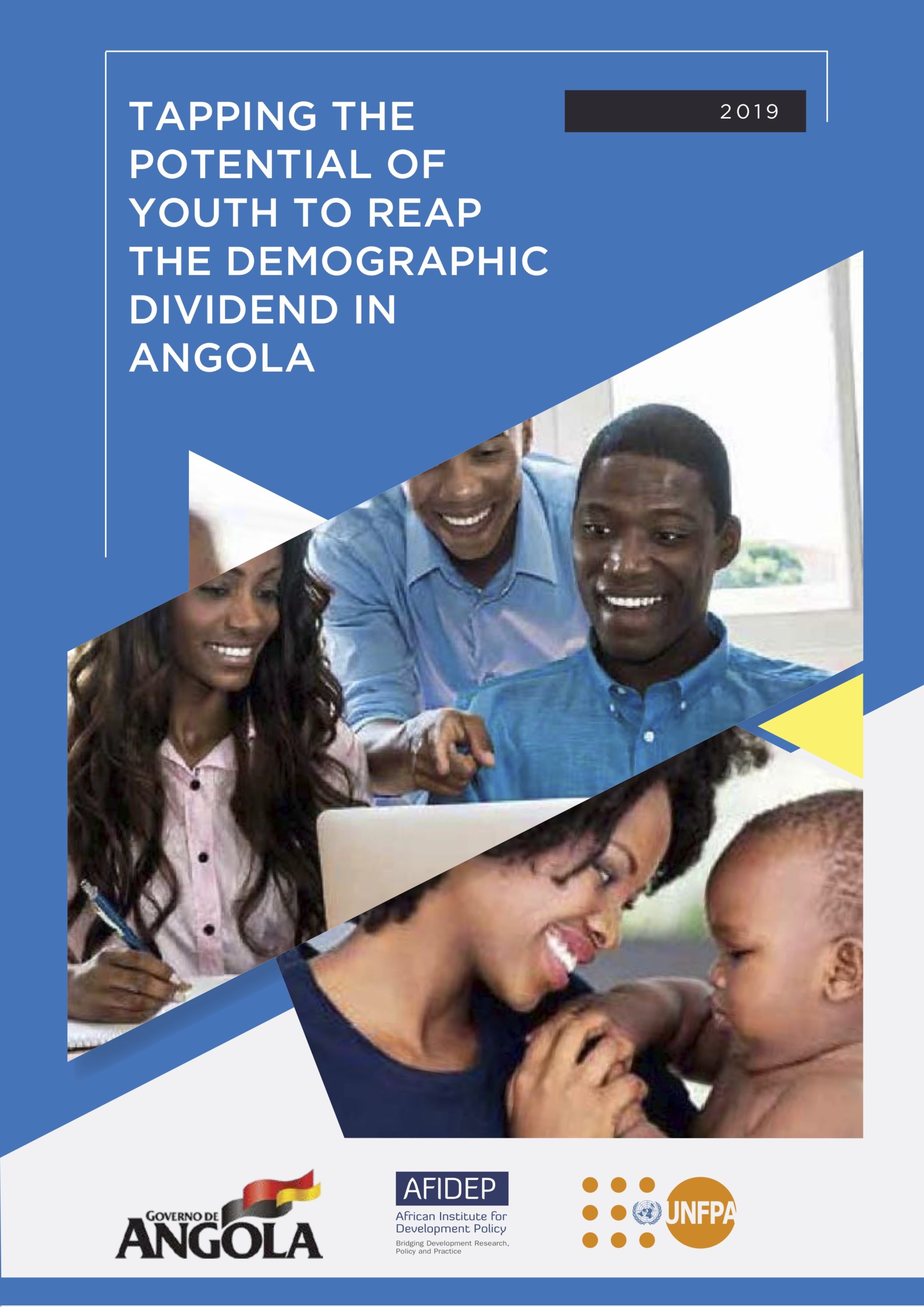
This report summarises results of a study carried out to assess the potential Demographic Dividend that Angola can earn under different policy scenarios and to determine the policy actions that the country can invest in to optimise its chances of harnessing the Demographic Dividend.
The demographic dividend refers to the temporary economic benefit that a country can earn from a significant increase in the ratio of working-age adults relative to young dependents that is created by rapid decline in birth rates. The full potential of the demographic dividend can be realised if the fertility declines and change in the age structure is accompanied by sustained investments in education and skills development, health, job creation and good governance.
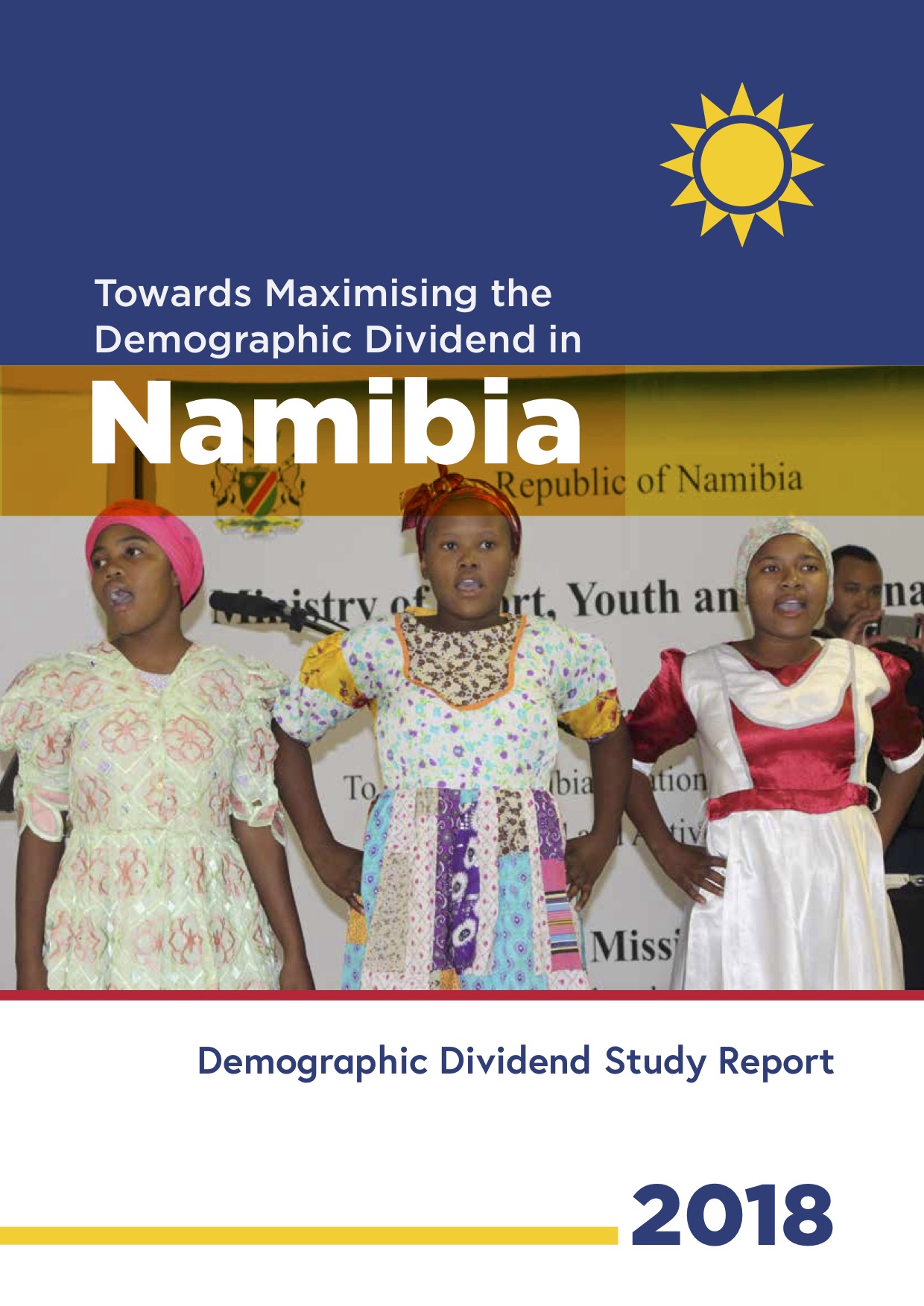
The primary objective of this study was to assess Namibia’s prospects for harnessing the demographic dividend and to identify priority options for maximising the dividend. Demographic change has implications for the realisation of these ambitions. This report, therefore, outlines the key policy recommendations on how Namibia can harness the potential of her youthful population to achieve socio-economic development.
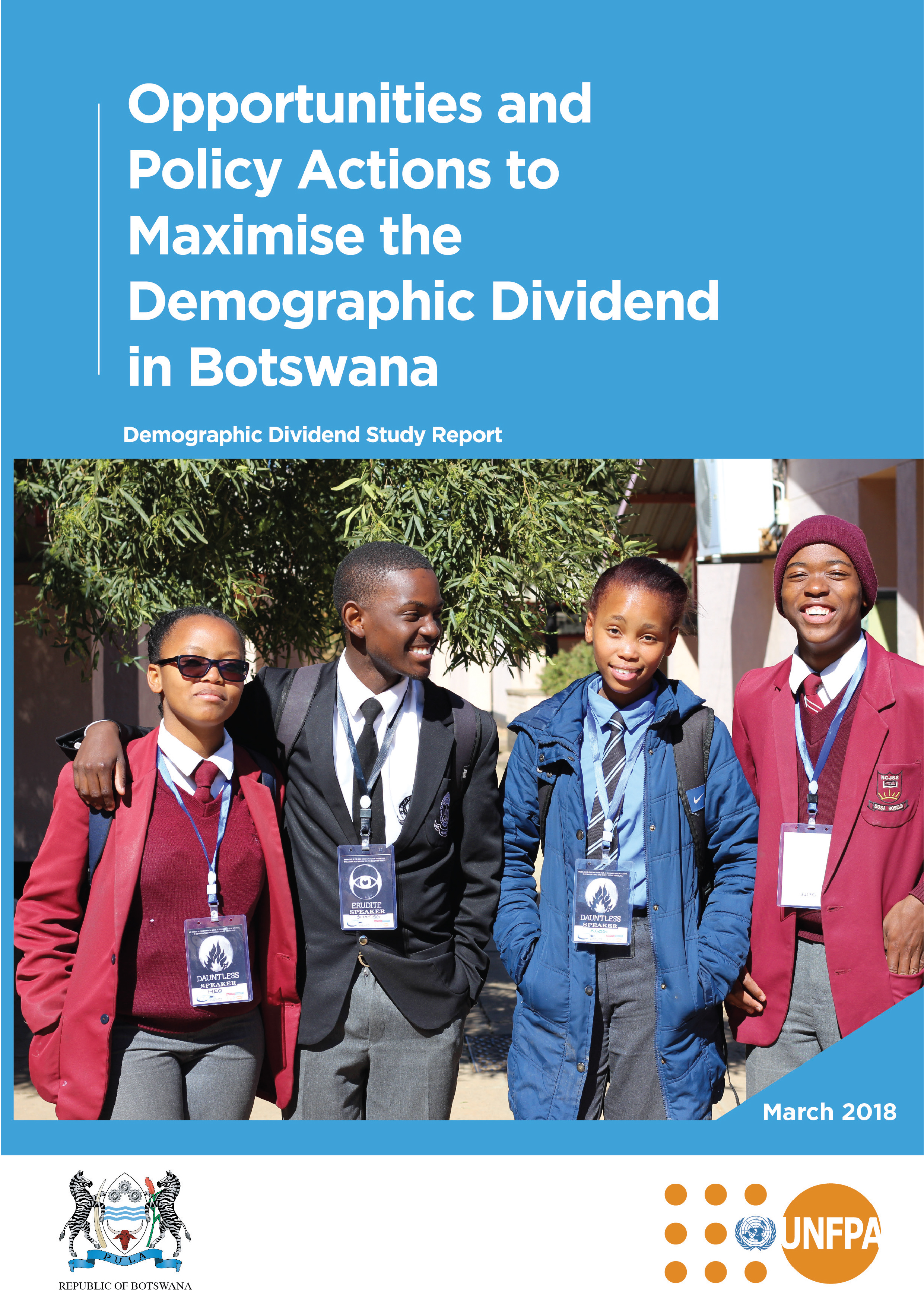
Botswana’s socio-economic development aspirations as spelt out in Vision 2036, its current long-term development strategy, is to graduate from being an upper-middle-income country (UMIC) to a high-income country (HIC) with prosperity for all. Demographic change has implications for the realisation of these ambitions.
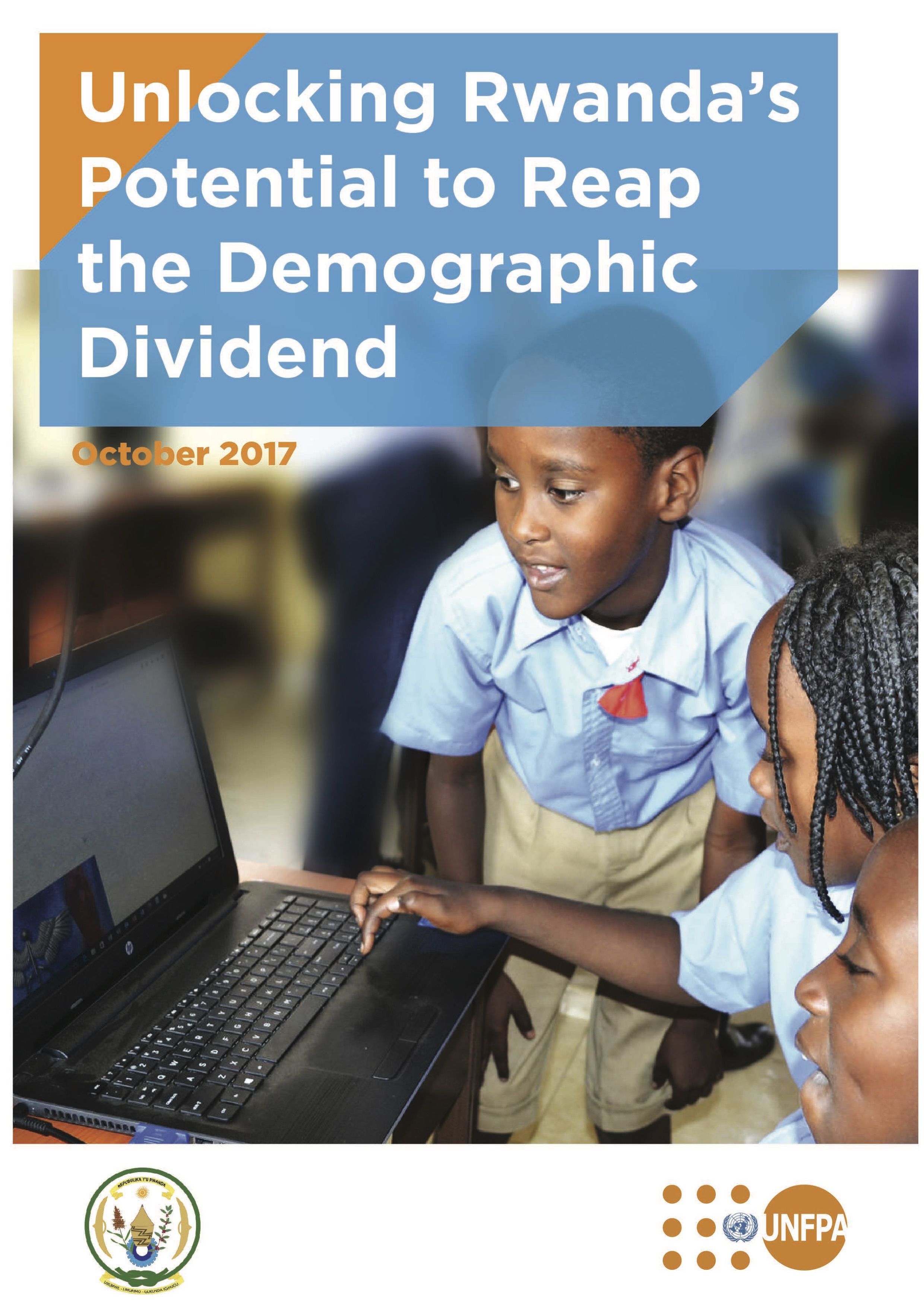
This report summarises the results of a study carried out to assess the potential Demographic Dividend (DD) that Rwanda can earn under different policy scenarios, and also to determine the policy actions that the country can invest in to optimise its chances of harnessing the DD. The Demographic Dividend (DD) refers to the temporary economic benefit that a country can earn from a significant increase in the ratio of working-age adults relative to young dependents that is created by rapid decline in birth rates.
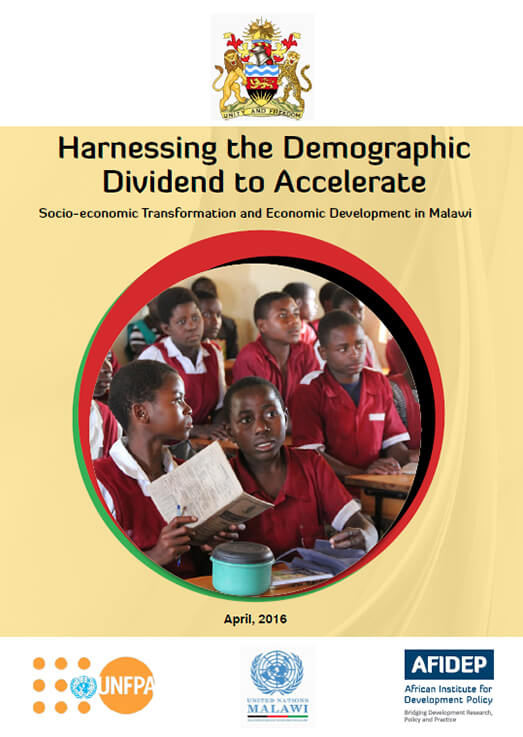
The population of Malawi is youthful, with almost half (47 per cent) aged 18 and below. This youthful population is Malawi’s greatest resource. If properly nurtured and supported, the youth will positively contribute to Malawi’s socio-economic development.
The Government of Malawi through the Ministry of Finance, Economic Planning and Development in collaboration with the United Nations Country Team (UNCT) under the leadership of the United Nations Population Fund (UNFPA) commissioned the National Demographic Dividend Study in 2015.
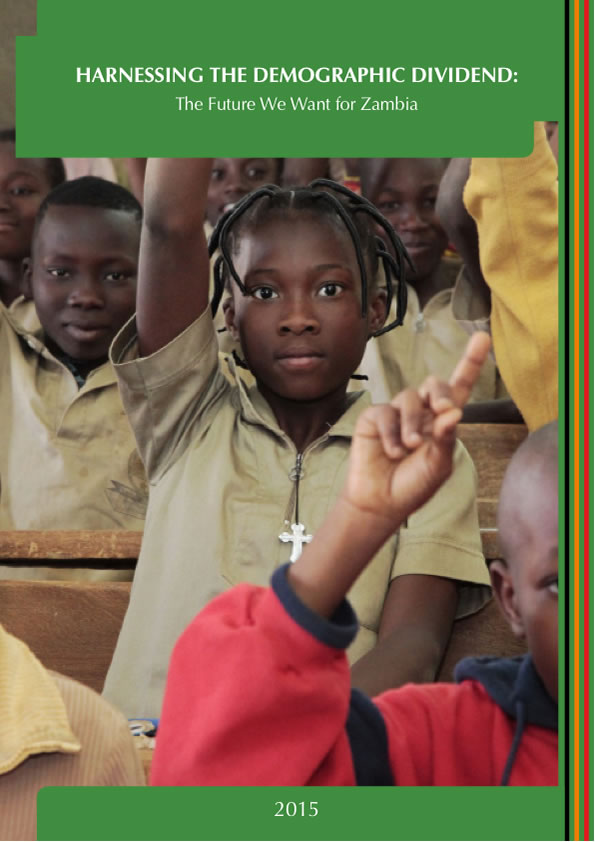
Zambia’s Demographic Dividend study assessed the economic and human development potential of our country in the short, medium and long-term using a comprehensive approach. It generated relevant policy and programme information to guide a well-blended policy-mix required to propel Zambia towards achieving its Vision 2030 aspiration of becoming a prosperous middle-income country.
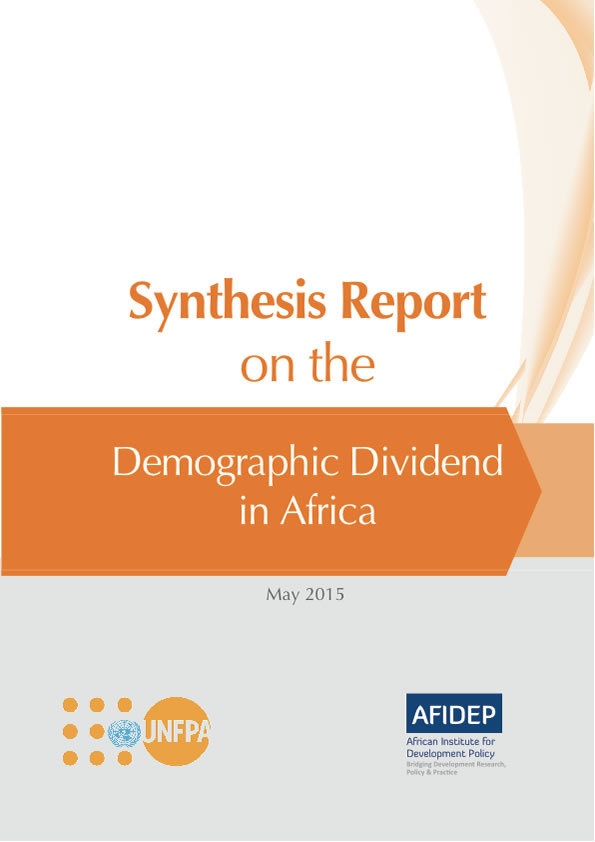
About half a century after it was established and many of its member states gained independence, the African Union’s Agenda 2063 set the stage for the continent to transform into an “integrated, prosperous and peaceful Africa, driven by its own citizens and representing a dynamic force in the global arena” in the next 50 years. Agenda 2063 was formulated at a time when the continent is enjoying an economic renaissance characterised by steady economic growth over the past decade or so.
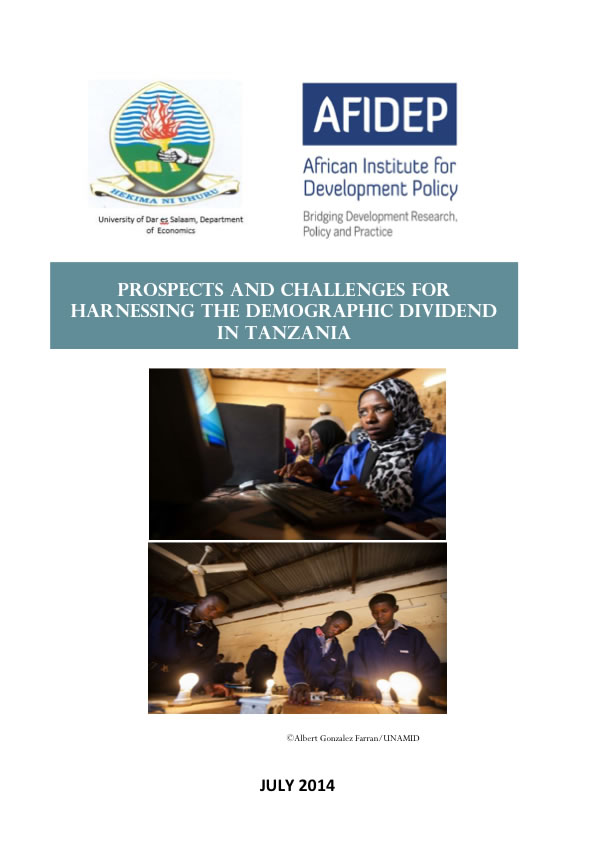
The past and current high levels of fertility in the midst of steadily declining child mortality rates have created a youthful population with a high child dependency ratio in Tanzania. The country’s population has grown from 12.3 million in 1967 to 44.9 million in 2012. According to the medium variant UN projection, the population will more than double to 129 million by 2050. The 2006 National Population Policy notes that rapid population growth and the consequent high child dependency burden is a key bottleneck undermining socioeconomic development in Tanzania. The policy notes that the strains caused by rapid population growth […]
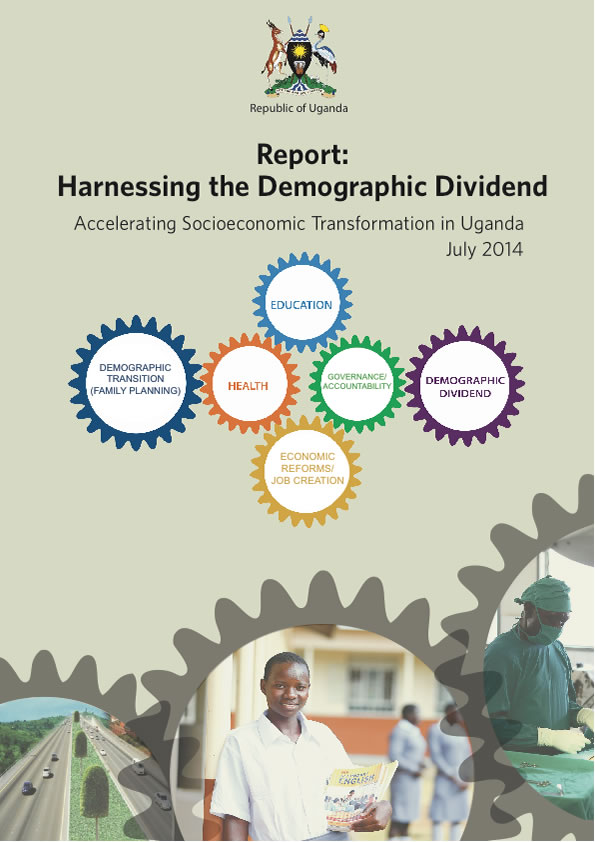
Over the past three decades, child mortality has declined steadily while fertility rates have remained high in Uganda. This imbalance has resulted in rapid population growth and a youthful population with a high child-dependency ratio. The population has grown from 9.5 million in 1969 to 35.3 million in 2013, and according to UN projections, will grow to 83 million by 2040. Because high fertility has persisted for a long time, the population of Uganda has inbuilt high momentum to continue growing for at least another century.
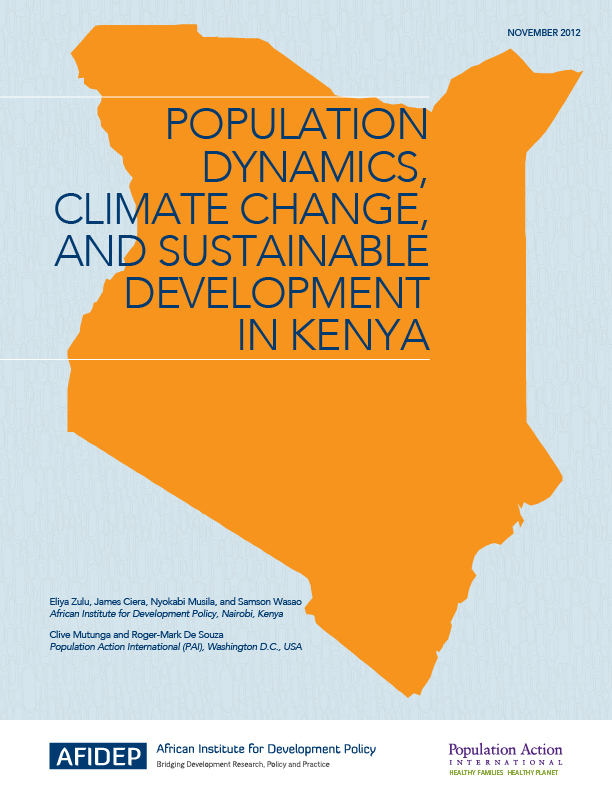
This report by the AFIDEP and Population Action International (PAI) presents a timely assessment of the role of population dynamics and climate change in sustainable development in Kenya. It is based on sound analysis of the issues, utilizing the most up-to-date data, which is complemented by a policy and programme assessment, and informed by the views of key policy makers and implementers from government, development practice, and civil society
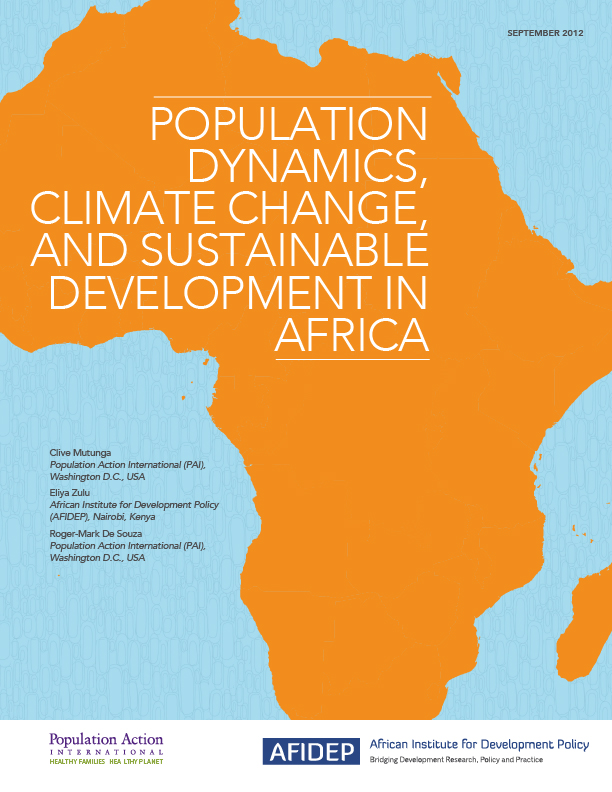
A region’s population dynamics, including the size, distribution and composition of its population, influence its prospects for sustainable development. Virtually all development policies in Sub-Saharan Africa (SSA) cite the region’s rapid population growth, urbanisation, and age structure as major challenges. These pressures hurt efforts to reduce poverty, ensure food security, preserve the environment, and improve education, employment, and health.

